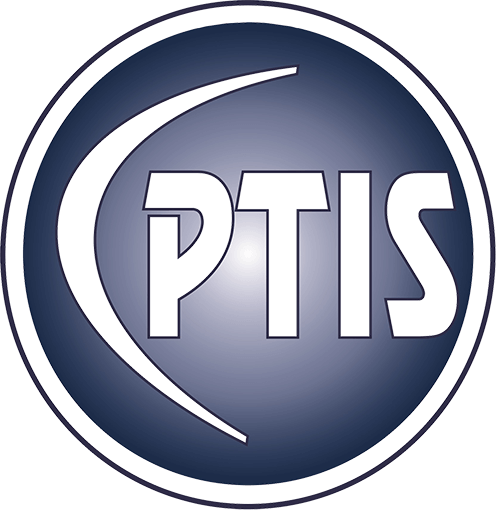As authors respond to the desires of readers and navigate the challenges ahead, we can expect to see innovative storytelling that not only entertains but also provokes thought about the world we live in. From the chilling narratives of George Orwell to the thought-provoking tales of Margaret Atwood, these books compel us to confront our collective future. Here are some confirmed updates:
- New Releases: Renowned authors like Margaret Atwood and George Orwell’s estate have confirmed new adaptations and sequels to classic dystopian tales.
- Interactive Elements: Publishers are exploring the integration of interactive storytelling, where readers can influence plot outcomes through digital platforms.
- Multimedia Experiences: Collaborations with filmmakers and game developers are in the works, aiming to create immersive experiences that combine literature with visual and auditory elements.
What Users Want
As the landscape of literature evolves, readers have specific desires for the next wave of dystopian novels. This article will delve into the promising developments in dystopian series books, what readers are craving, potential hurdles, and a predicted timeline for these changes.
What’s Been Promised
Publishers and authors have been increasingly vocal about their commitment to pushing the boundaries of dystopian narratives.
Equally important,
The Future of Dystopian Series Books: What’s Next?
The world of dystopian literature has long captivated readers with its exploration of societal structures, technology, and human resilience. By addressing the challenges ahead, authors and publishers can create a vibrant future for dystopian literature that reflects our ever-changing world.
